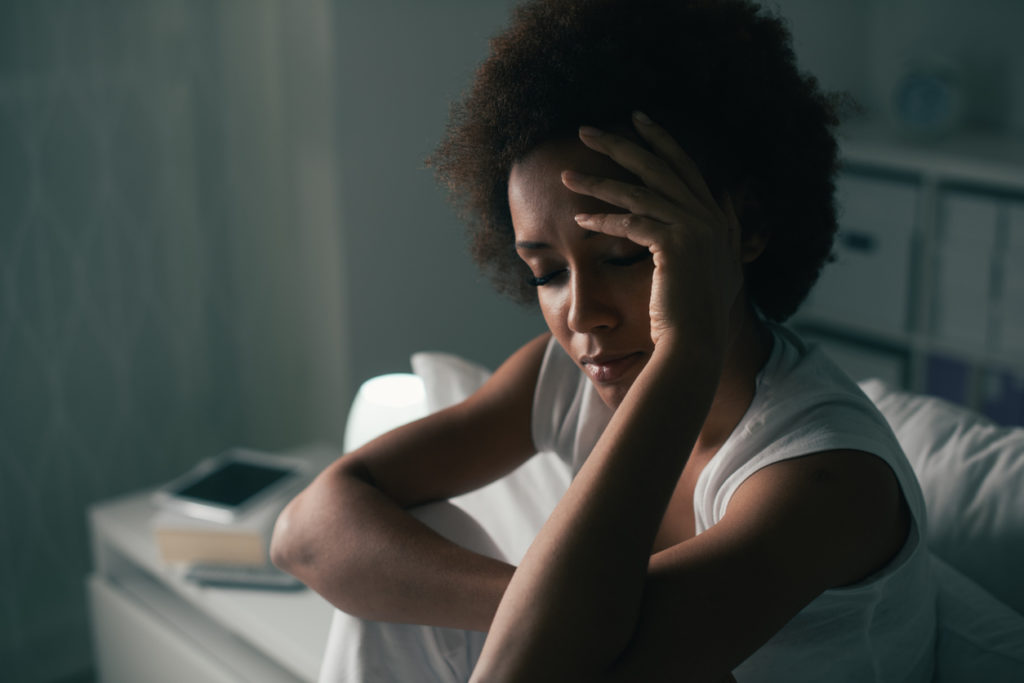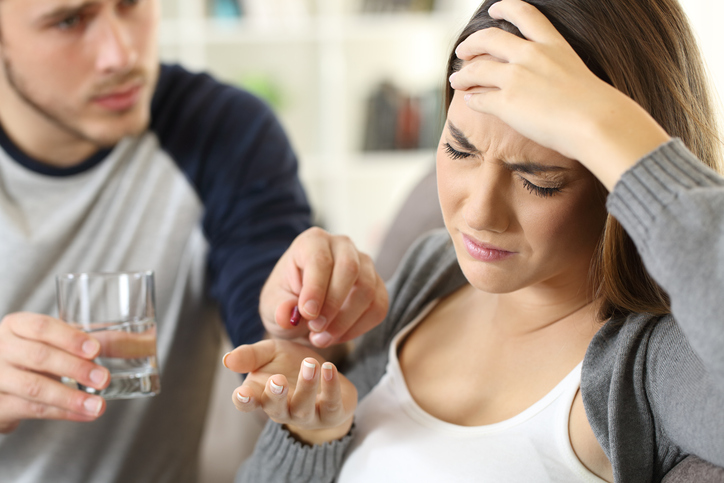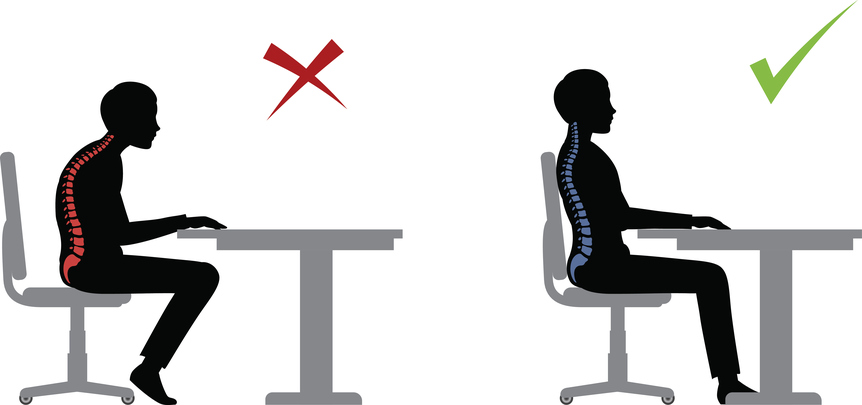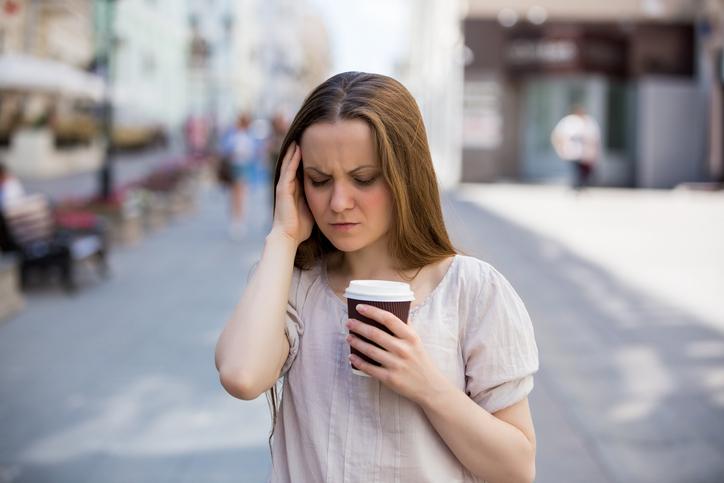
There are many people suffering from headaches. In many cases, neither OTC (over the counter) drugs nor prescription medicines may work effectively.
Unfortunately, there are not many medical professionals who are trained to diagnose or treat headaches. Therefore, some medical professionals may end up prescribing “analgesic for headaches” as a temporary solution. We, neurologists, specialize in headaches and have an in-depth knowledge regarding various types of headaches and treatment/remedies for each of them. If a patient suffering from a headache is not administered the right treatment, the suffering will continue.
I will offer some insights into how to diagnose this common but annoying headaches. Hopefully, it will be useful information to the general reader and medical professionals. Residents or doctors-in-training should also consider reading it so that one can gain a deeper understanding about headaches.
Contents
1.Self-tests for headaches
Most headaches are diagnosable by questioning patients about their conditions. You may be better diagnosed if you prepare ahead answers to the questions listed below when you visit a doctor. In general, if a doctor does not ask a patient these questions, they may need further trainings in order to offer a correct headache diagnosis.
1-1.Location of the pain
To find out where the pain is coming from, take time to seek out its location: it could be around the entire head, one part of the head, or in the back of the head. Also, remember to check if the pain occurs on one side or both sides of head. Establishing its location is important in order to determine a correct treatment.
1-2.Types of headaches, severity of symptoms, and effect on work performance
Pains are roughly categorized into three types: (1) a “dull pain,” (2) “throbbing/pulsating pain,” and (3) “sharp, sudden pain.” These pains may also appear together, so you should carefully observe and consider journaling your symptoms.
I usually ask a question such as “can you continue activities like working or studying when you have a headache?” to determine how severe the pain is. Some people experience a headache with severe pain which debilitates them, and they may be unable to do anything but stay in bed.
1-3.Premonitory symptoms and associated symptoms
You should observe whether you have premonitory symptoms before the first headache attack. For vascular headaches, it is very important whether you have “scintillating scotoma, or migraine aura, which displays a spot of flickering light in the center of the visual field” in order to receive a correct diagnose. There are other symptoms such as discomforts to lights, odors or sounds during a headache attack. Also, you need to observe if it is accompanied by severe conditions such as a runny nose or tearing eye.
1-4.Time and seasonality
It is very important to know when your symptom is most likely to occur: This can be done by observing whether you already have a headache when you wake up, whether you experience a pain mostly in the evening when you are exhausted, or whether you have it regardless of the time of day. For example, symptom of a tension headache which is caused by muscle tension typically occurs in the evening and not really displayed in the morning.
1-5.Factors which have adverse effects on headaches
It is important to know the factors which may exacerbate symptoms of your headache. For example: which makes you feel worse; keeping yourself warm or cooling yourself down; does a head or body movement make you feel worse; does a change in seasons exacerbate symptoms.
Most patients with migraine often visit my clinic during a change in seasons. The ups and downs of the temperature occurred during this transition may trigger migraine symptoms, while those symptoms are more likely to disappear under extremely hot or cold weather in mid-summer and mid-winter.
1-6.Family history
Susceptibility to migraines tends to run in families. It is important to know whether there is another person in your family or close relatives who suffers from migraine. When a teenager patient visits me for her migraine with her mother, I often discover that her mother had also suffered from migraine before. Fortunately, migraine symptoms tend to reduce significantly in frequency and severity when this young patient reaches middle age.
2.Three characteristics of headache causes
Headaches are grouped into three clusters, based on the self-tests mentioned above.
Headaches are often associated with three factors: muscles, blood vessels, and nerves. Each factor has respective characteristics, and I will present some of the symptoms as case examples. Of course, some symptoms might be triggered from not only one factor but also a combination of those factors.
2-1.Headache associated with muscle
A pain caused by a muscle contraction headache, or a tension headache, is often described as a “dull pain”. The pain is mild and does not bother your working or studying if you can bear the pain. Patients often describe the pain as a “tightness around the head,” “pressure like wearing a hat,” or “dullness in the back of the neck.” In many cases, the pain does not really bother you much in the morning but becomes more severe in the evening. Also, warming your body by having a bath or taking a shower, or doing some exercises may improve your symptoms. On the other hand, working on a computer or reading books may worsen the symptoms.
2-2.Headache associated with blood vessels
It causes a throbbing/pulsating pain. An aura, visual symptoms such as flashing lights, is a warning sign which usually occurs before the headache. Then a sharp pain may follow affecting one side of the head. It is frequently accompanied by conditions of a runny nose or watery eye so that a person with these kinds of symptoms is hardly able to perform any daily activities but sleep. Relief of this type of headache is different from that of a pain caused by tension headache. Applying a cold wet towel to the part of your head with pain will help in constricting your brain’s blood vessels and relieve the headache.
Frequency of the occurrence increases during change in seasons, and it is irrelevant to the time of day. It is reported that more women tend to experience this kind of headaches and is genetically influenced. Most OTC (over the counter) drugs may be ineffective for these symptoms.
2-3.Headache associated with nerves
The pain caused by this type of headache is often described as a “sudden, acute pain.” This headache triggers the most severe pain among the three kinds of headaches mentioned in this article. The pain is caused by a nerve damage which produces an acute pain. Fortunately, it ends instantly. This usually produces intense and strong superficial pain which is initiated by the activation of sensory receptor in the skin. The pain disappears at the moment when you feel it, and a painkiller or an anodyne are not effective at all. If the patient suffers from frequent pains, preventive administration will be carried out to reduce frequency of the headache.

Man helping his ill wife giving medicines sitting on a sofa in a house interior
after you have experienced the pain may not relieve the pain at all.
3.How does a headache specialist examine headaches?
When you visit a clinic, your doctor may order a head CT and a neck x-ray before examinations to evaluate your condition. Most patients agree with a head CT, but they sometimes are not sure about neck x-ray. From the point of view of specialists, most headaches are not the result of a serious illness inside the head. Most of them are triggered by “Flat Neck Syndrome” or cervical kyphosis, which are problems caused in cervical vertebra.
3-1.Cervical vertebra X-ray to find out presence of flat neck syndrome
A normal neck has a gentle curve to it, allowing us the ability to lift our heads effectively in a balanced manner. But if you lose this curve, it becomes straight. The loss of the curve produces a forward head posture, which may be the main reason for chronic headache, tension, pain or stiffness in your neck and shoulders because your neck muscles and back muscles have to support you head.

ergonomic. Wrong and correct sitting pose of a man near the table
Most of the patients with a flat neck syndrome often have “rounded shoulders”, and this kind of posture causes numbness in hands since nerve roots function gets affected. In fact, we can tell from looking at them whether they have a flat neck syndrome even without a neck x-ray. Posture types like those of a model-like figure, tend to suffer from chronic headaches because of their long necks and rounded shoulders which cause cervical neck issues. The treatment administered for them are usually symptomatic treatments. However, some patients no longer get bothered by the symptoms as much as they used to when they understand the causes of their headaches.
3-2.Head CT
Some doctors used to say that a head CT was totally useless for patients with headaches because a brain lesion rarely triggers a headache. Actually, subarachnoid hemorrhage may cause a sudden, severe headache which is often linked to being hit by a metal baseball bat. However, a person with cerebral hemorrhage is never be able to visit a doctor by themselves, and the headache is very rarely a sign of subarachnoid hemorrhage.
However, I, as a neurological specialist, cannot overlook such a rare sign, so I usually begin with a head CT. Sometimes I find a subtle brain tumor or cerebral hemorrhage. If you suffer from frequent headaches, you should receive a head CT. Some patients request a head MRI too, but a head CT is sufficient if it is a common type of headache.
4.Symptoms associated with muscles
Muscle contraction headache is a typical type of tension headache. Most of them are triggered by shoulder stiffness. Therefore, a symptom usually appears in the evening when you feel tired from working or studying. OTC drugs are effective to some extent, while walking and massaging have some effects too.
Also, caffeine works well on tension headaches resulting from muscle tension. SG Combination Granules which doctors often prescribe contain 50 mg of anhydrous caffeine. I think caffeine reduces symptoms more effectively than most medicinal substances.
If you do not have time to visit a clinic, you should try energy drinks. Many energy drinks contain 50 mg of anhydrous caffeine which is an equal amount of SG Combination Granules. It is worth trying when you feel dull and fatigued but take note of caffeine overdose. Taking 50 mg of caffeine for one day should not bother your health.
Some people may get headaches from straining their eyes. Remember to take a vision test, too.

Drinking strong coffee relieves this type of headache.
5.Symptoms associated with blood vessels
There are two kinds of headaches triggered by a problem in blood vessels. Generally, females suffer from migraines while males suffer from cluster headaches.
5-1.Migraine
Migraine is a typical type of vascular headache. It causes pain when a blood vessel in the brain expands and stimulates trigeminal nerve around the blood vessel. The pain is very severe, and OTC drugs are ineffective against the migraine. Most migraine sufferers are young females, and it is a hereditary disorder. Migraine symptoms are most likely to be displayed among teenagers. Some mothers of these young patients say that they also had suffered from migraine before. So, you can say that symptoms will reduce in frequency and severity as they grow up.
Either OTC drugs or prescription analgesic do not work on migraine. In this case, you should take triptans. It is important to determine the appropriate timing to take triptans. It can be most effective to take triptans when symptoms are still “mild”, in other words, when a patient finds that a migraine attack begins. However, effects of triptans may reduce when a patient takes it after the migraine becomes severe.
I usually prescribe both triptans and analgesic to outpatients, and they use them depending on how severe their symptoms are. Examples are: “I take triptans first and then analgesic to completely relieve my pain”; “Headache was not be triggered when I take one right after experiencing migraine aura.”; “I only took analgesic when I had a mild headache”, and so on.
Patients with headaches learn how to take medicines effectively after experiencing several headaches, and sometimes their application can be more accurate than a doctor’s instruction.
5-2.Cluster headaches
Cluster headache pain occurs on one side of the head and is generally located behind or around the eye. It is also accompanied by conditions of eye redness, watery eyes and a runny nose. Cluster headache is most common among men in their 20’s to 40’s. The symptom occurs as frequently as every single day lasting for one or two months. This period is known as a cluster period. People with cluster headache suffer from very severe pains, however, other people who have never experienced cluster headaches do not understand their pain, and often take no notice of their sufferings.
Therefore, doctors sometimes write a medical certificate which requires a rest for a certain period of time especially for a cluster headache, even though they basically do not provide a medical certificate for common types of headache.
People with cluster headache must avoid drinking alcohol during a cluster period because consuming alcohol definitely triggers severe pain. Also, they need to stop smoking especially during a cluster period because it is reported that there is a correlation between cluster headache and smoking.
Pain caused by a cluster headache is not relieved by taking common analgesic agents. Effective remedy is by applying triptans, which is also effective against migraine. However, since oral medicines take half an hour or one hour until it shows an effect, self-injection medication which has an immediate effect is applied for cluster headache patients. Typically, the pain begins to reduce in 10 minutes after the injection, and it usually disappears in 15 minutes.
Another remedy for a cluster headache is administering an oxygen inhalation. This method carried out for medical purposes improves the symptom where the patient inhales oxygen for 15 minutes at a pace of 7 to 10 liters per minute. It is not exactly sure why oxygen inhalation works, even though it is one of the commonly used treatments for cluster headache. Health insurance coverage for cluster headache using oxygen inhalation treatment has been approved from April 2018 in Japan.
6.Symptoms associated with nerves
One of the typical headaches caused by nerve problem is called occipital neuralgia. Mostly pains are coming from the greater occipital nerve (a spinal nerve running from second cervical vertebra (C2) or third cervical vertebra (C3) up through the scalp in the back of head). You will experience a sudden sharp pain in the area from the base of your head to the back of your head, where the pain radiates to the top of the head and around the ears.
I first experienced this type of headache and thought I was dying. An acute sharp pain attacked me when I was turning over in bed but was gone instantly allowing me to fall back to sleep because it was coming from the nerves. If someone without medical knowledge experienced this pain, they may visit a doctor at once.
Symptoms are basically triggered by rolling over in bed while sleeping like in my situation, touching the scalp when shampooing or brushing hair with fingers or a hairbrush. The pain runs in the same direction of its nerve, and it does not correspond to a pulse rate like that of a migraine.
The pain disappears immediately so that you do not have enough time to take a medicine when you have an attack. Therefore, the frequency of the pain becomes important at the ambulatory care. If it occurs every single day or 2 – 3 times a week, Tegretol, anticonvulsant agent, is prescribed as a preventive relief. It reduces frequency of the headache dramatically. However, if it does not occur frequently, patients might try to bear the pain than take a medicine every day to prevent the occurrence.
7.Possible headache accompanied by depression
A headache may be triggered by mental conditions. Tension headache often occurs in the evening but a headache that occurs in the morning might be caused by mental illness such as depression. In this case, we consider that a headache is triggered by anxiety disorder or sleeplessness at night time.
If doctors cannot find a root cause of the headache a patient is suffering from, either muscles, blood vessels or nerves, and do not get effective result from treatments, try using antidepressant or sleeping tablets and see how it works. However, you should stop this medication if you do not get any effective result.
8.Summary
- Many doctors are not sufficiently trained in diagnosing headaches.
- Many headaches are related to problems stemming from muscles, blood vessels or nerves, and appropriate treatments should be administered to get effective results.
- A pain sometimes originates from a mental condition.

